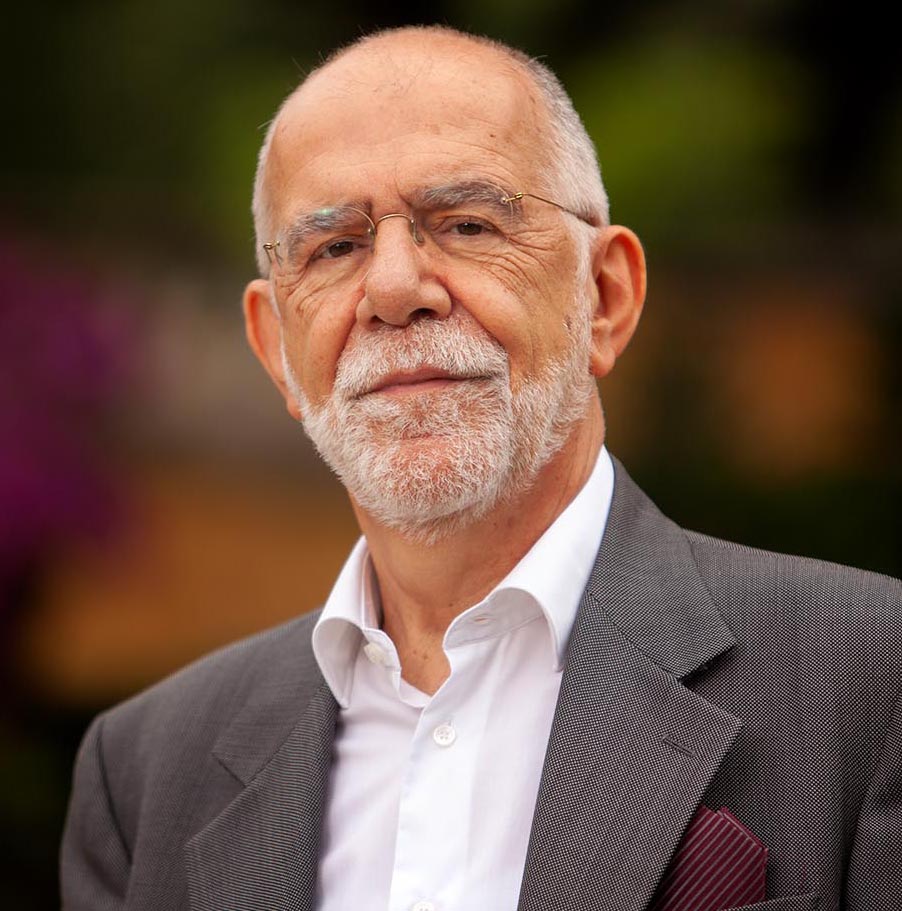The Media Pluralism Monitor 2020 covers the years 2018-2019. For data on 2020, please visit the Media Pluralism Monitor 2021 page.
Overview
The Media Pluralism Monitor 2020 (MPM2020) is a scientific and holistic effort to document the health of media ecosystems, detailing threats to media pluralism and freedom in European Union member states and some candidate countries.
The MPM2020 covers the years 2018-19. This is the third MPM EU-wide implementation. The assessed risk scores for various indicators and sub-indicators are grouped as Low (0 – 33%), Medium (34-66%) and High (67-100%) in the text and data visualisations to aid comprehension. The findings show a general stagnation or deterioration of media pluralism and media freedom in the four major areas encompassed by the MPM: Basic protection, Market plurality, Political independence and Social inclusiveness. The study comprises the European Union Member States (UK included, considering the timeframe of the project-the UK left the EU in 2020) as well as in candidate countries, Turkey, and for the first time, an assessment of Albania.
The MPM 2020 has confirmed the findings of the previous four rounds of monitoring – showing that none of the countries analysed are free from risks to media pluralism.
Explore the report
Selected findings
- Physical and digital safety continues to be an issue as threats and harassment against journalists increase across Europe. Threats from politicians and the online sphere – especially against female journalists – may have had a chilling effect on journalists’ freedom of expression.
- Indicator for the protection of freedom of expression online shows that a main source of risk is a lack of transparency among online platforms in justifying and reporting on their content moderation policies and techniques.
- Insufficient protection of whistle-blowers, poor working conditions for journalists, arbitrary use of lawsuits, and legal provisions allowing the mass collection of citizens’ data by security services, all represent significant threats to fundamental protections.
- The sustainability of news media publishers’ business models is increasingly under threat. Recording a high risk in seven countries under media viability, a conceptdirectly impacted by the disruptive role of digital intermediaries (search engines and social networks) whose capacity for targeted advertising has shifted revenue away from traditional news publishers.
- Ownership concentration jeopardises market pluralism and represents a high risk across most of Europe with no country recording a low risk.
- In this worsened economic landscape for media, 14 countries recorded a high risk of influence over editorial content by commercial and owner interests.
- Across the area of political independence only seven countries recorded low risk.
- State advertising, which can be seen as a form of support to the media, especially in a situation in which media organisations struggle to survive, persists in being a most problematic issue for most countries. The majority of countries (21) scored high risk because they lack the framework to ensure that state advertising is distributed to the media based on fair and transparent rules.
- High risk is often associated with the lack of transparency and accountability of political advertising online when compared to heavily regulated audiovisual media.
- The Independence of public service media governance and funding, especially in Central and Eastern Europe, is at risk because of the appointment of politically dependent management.
- Only four of 30 countries have regulatory frameworks that appear to be effective in countering hate speech online, especially with regard to vulnerable social groups, such as minorities, people with disabilities and women.
- Access to media for minorities and access to media for women are the two highest scoring risks under social inclusiveness.
- Media literacy policies are evaluated as being comprehensive in only six countries. Five countries have no media literacy policy at all.
- Important risk factors include online surveillance and digital risks to journalists, insufficient internet access and broadband availability, and ineffective implementation of net neutrality.
- Economic threats are related to the high concentration of digital intermediaries with the top two commanding more than half the market in all countries and ⅔ of the digital advertising market in most countries. This puts the economic sustainability of quality journalism at significant risk. However, media viability slightly improved for online news in some markets, reflecting either a resilience of quality traditional media or the availability of alternative business models for digital news media.
- High digital risk for political independence is associated with lack of transparency and safeguards for political advertising.
- Online hate speech against vulnerable groups is under-investigated and poorly handled in most countries.
Video: About the MPM
A message from our Director

The CMPF team and individual country teams put considerable effort with fresh ideas and research into updating the Media Pluralism Monitor for the Digital Age whilst performing the huge task of data gathering required to comprehensively map the health of media pluralism in the EU and candidate countries. MPM2020 results clearly show the challenges to media pluralism as a result of digital disruption and give a sound basis to inform policy makers, researchers and other stakeholders on the endangered health of the EU media environment.
CMPF Director, Professor Pier Luigi Parcu
